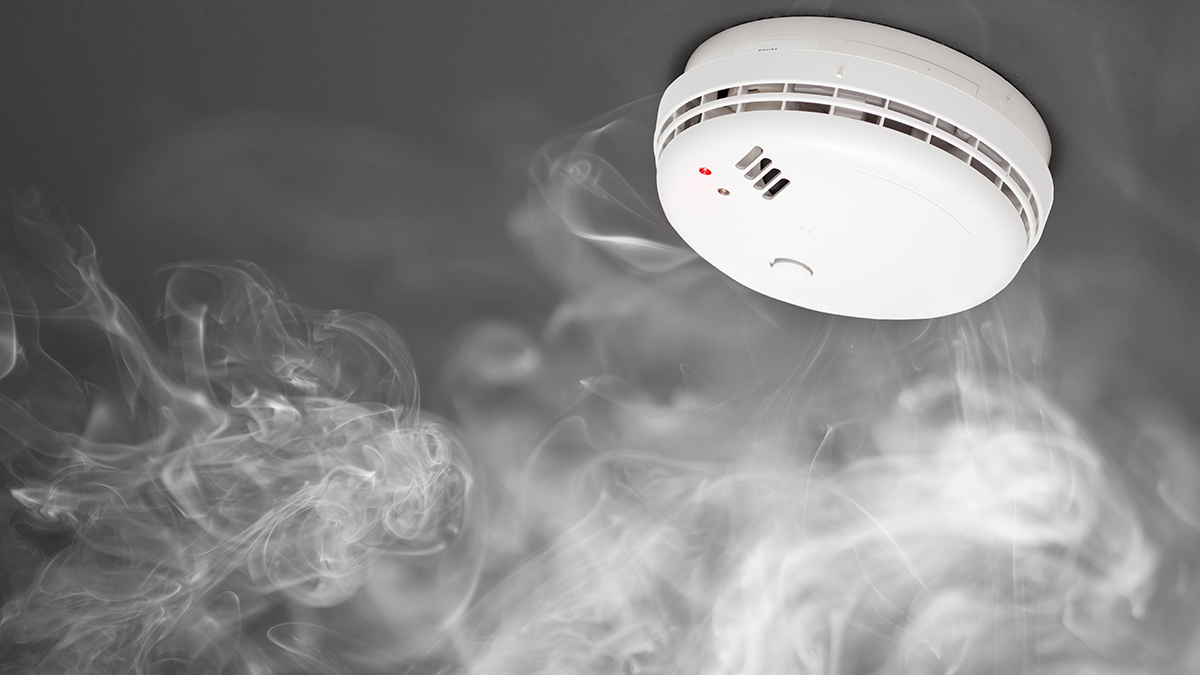It may be time to invest in some new cooking utensils after a recent study found some common kitchen tools may be leaking dangerous flame retardant chemicals into your food.
And the everyday items with the highest concentrations of these chemicals may many consumers.
They might be a hold over from your college days. Or maybe they’re a brand new addition to your kitchen.
Either way, a new study warns consumers may want to rethink their use of black plastic cooking utensils, toys and food containers.
“What we found in our study was that flame retardants were popping up in black plastic household items like kitchen utensils, food service wear items like sushi trays and toys,” said Megan Liu, with Toxic Free Future and co-author of the new study published in Chemosphere magazine. Liu explains flame retardants are intentionally added into electronic enclosures like the plastic casing around tv’s or monitors- as a way to prevent fires.
But when those items are recycled into other consumer goods – like black plastic utensils or storage containers- those fire retardants remain in high concentrations
“We also know that flame retardants are able to leach out of kitchen utensils and into food,” said Liu.
Multiple studies have established the chemical compounds in flame retardants can cause thyroid disease, certain cancers, endocrine disruption and even death.
One 2020 study published in the Lancet Medical Journal even linked exposure to flame retardants as the greatest contributor to intellectual disabilities in children.
NBC 5 Responds
“We actually recently had found some of these same flame retardants in breast milk for the first time,” said Liu.
After learning all of this, NBC 5 Responds turned to Dr John Anderson, Associate Chair of the Chemistry department at the University of Chicago, to look at a black plastic kitchen ladle from the home of reporter PJ Randhawa.
Feeling out of the loop? We'll catch you up on the Chicago news you need to know. Sign up for the weekly Chicago Catch-Up newsletter.
First, Anderson cut the ladle into small pieces, then used ray fluorescence spectroscopy to look for the presence of fire retardant chemicals.
“So what we're seeing here is peaks that are arising from different elements in the compound. And what we can see is we look specifically for bromine and antimony and we see some signals at the spots for bromine and antimony,” he said.
And with that information, Anderson confirmed what Liu’s study found, recommending tossing the ladle.
“They put in these types of chemicals into these things to keep them from burning, right? If you're using it on a hot stove, you don't want it to burn. But again, if that leeches into your food while you're cooking, I think that's not something you want to be eating, right,” said Anderson.
Out of the 203 products tested by Toxic Free Future, fire retardants were found in 85% of them. In the U.S., only a handful of fire retardants are officially banned. But Liu says one of long those banned compounds associated with a high risk of cancer was still found in a majority of the samples tested.
“I think what this study really shows is that it highlights how much of a lack of restrictions we have in the United States. And so as a result, manufacturers and retailers are still able to use these harmful flame retardants in the products that they produce,” said Liu.
In a statement, the North American Flame Retardant Alliance responded to the study:
“Flame retardants (FRs) play a critical role in enhancing the fire safety of countless household appliances, electronics, and furniture, designed to help prevent or slow the spread of fire and provide time for occupants to escape and for emergency responders to act. The use of FRs in electronics and appliances has been instrumental in reducing fire-related injuries and fatalities and preventing the destruction of property.
While the report raises concerns about the presence of flame retardants in household items, it is important to remember and recognize the critical role these chemistries play in fire safety as well as the fact that manufacturers conduct rigorous research and risk assessments to ensure that FRs do not pose significant health risks to consumers. It should also be pointed out that the report asserts potential health risks of flame retardants based on hazard alone and does not account for risk in actual potential levels of exposures or exposure pathways.
Flame retardants used in household items are essential to achieve existing product fire safety standards and have been extensively assessed for health risks. More than a dozen federal laws govern the safe manufacture and use of chemicals, including flame retardants, on the market today and are subject to review by the U.S. Environmental Protection Agency and other national regulatory agencies around the world.
Efforts to restrict flame retardant use as a fire safety tool would be a departure from the best available science and would restrict substances that government agencies around the world have determined do not present a significant risk to human health or the environment. European and Canadian reviews for several of the measured chemistries have concluded as well that there is no concern for consumers or the general public for human health or environmental risk at the levels to which people are actually exposed.
NAFRA remains dedicated to advancing public safety through science-based approaches to flame retardancy in all applications. We welcome ongoing dialogue with stakeholders to ensure that our efforts align with the highest standards of safety and environmental stewardship.”
KEY TAKE-AWAYS
There are a few ways you can limit your exposure to these dangerous chemicals:
-Throw out black plastic kitchen utensils, and storage containers. Try stainless steel or wood options instead.
-Limit children’s exposure to toys with black plastic pieces, like the wheels on toy cars or black beads
-Lastly, a great way to reduce exposure is to vacuum, mop and dust homes regularly because flame retardants can accumulate in dust.



